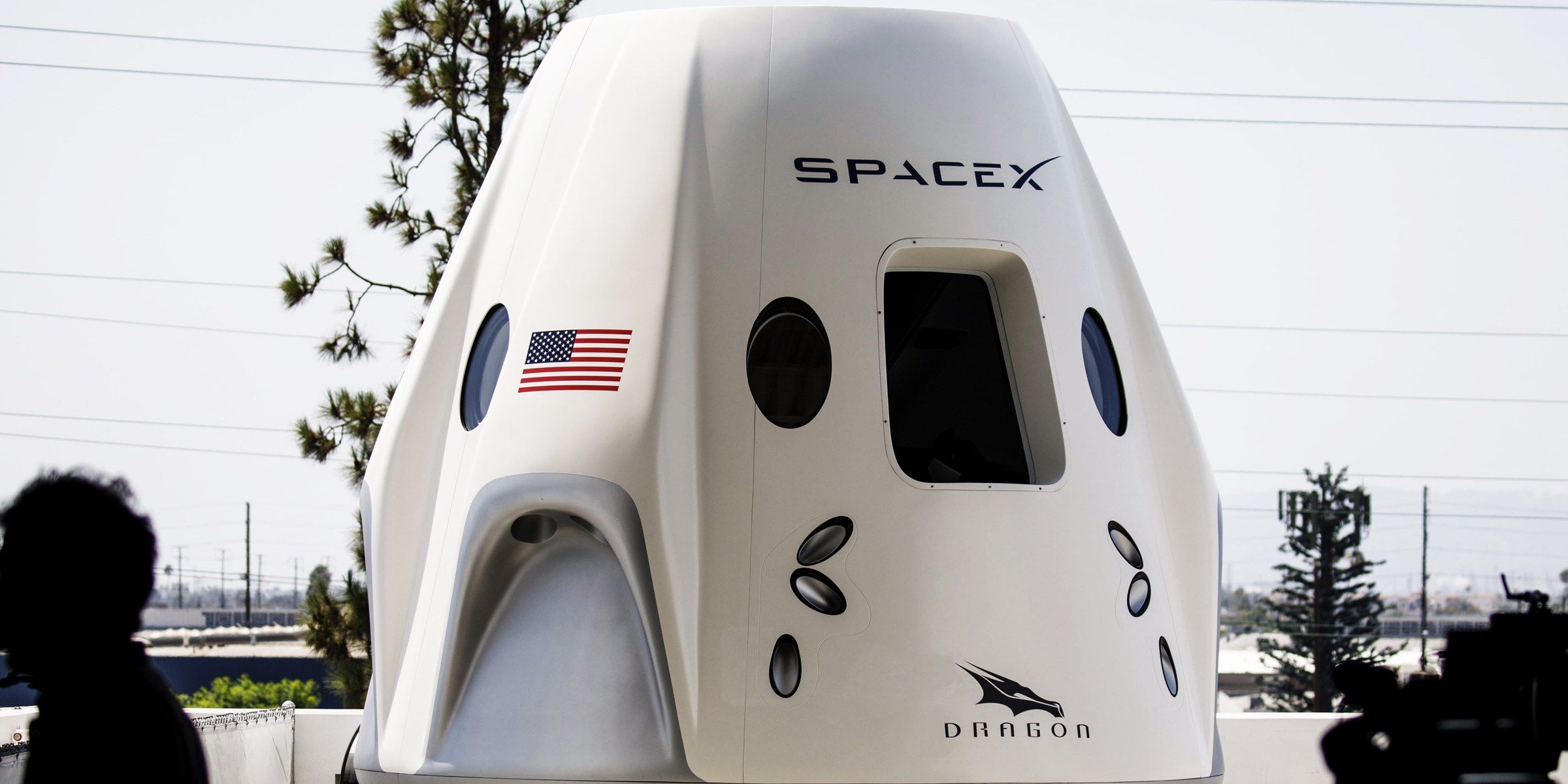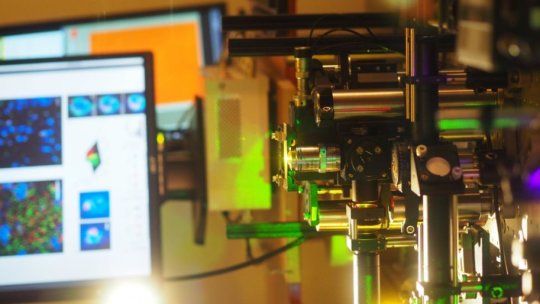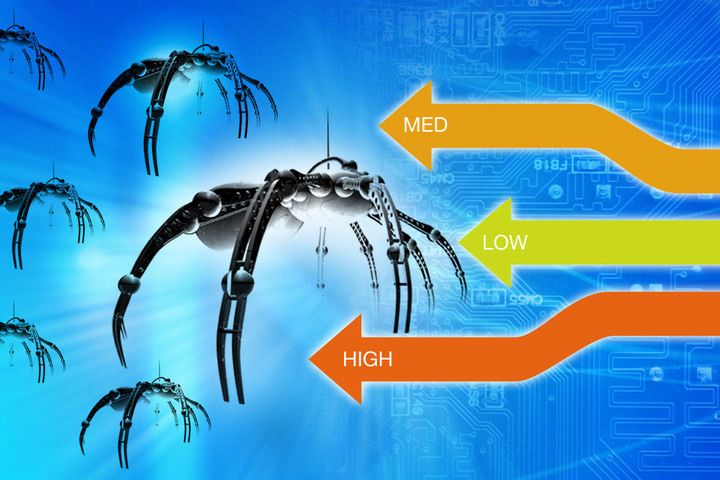In astronomy, cutting-edge technology often begins with a bunch of bulldozers, busted rocks, and dump trucks.
So it goes with the Giant Magellan Telescope (GMT), which will be the world’s largest and most powerful when it sees “first light” in 2024. Astronomers hope to use the huge observatory to study the ancient universe and look for signs of alien life.
Construction crews atop a Chilean mountain range broke ground for the $US1 billion project on Tuesday.





